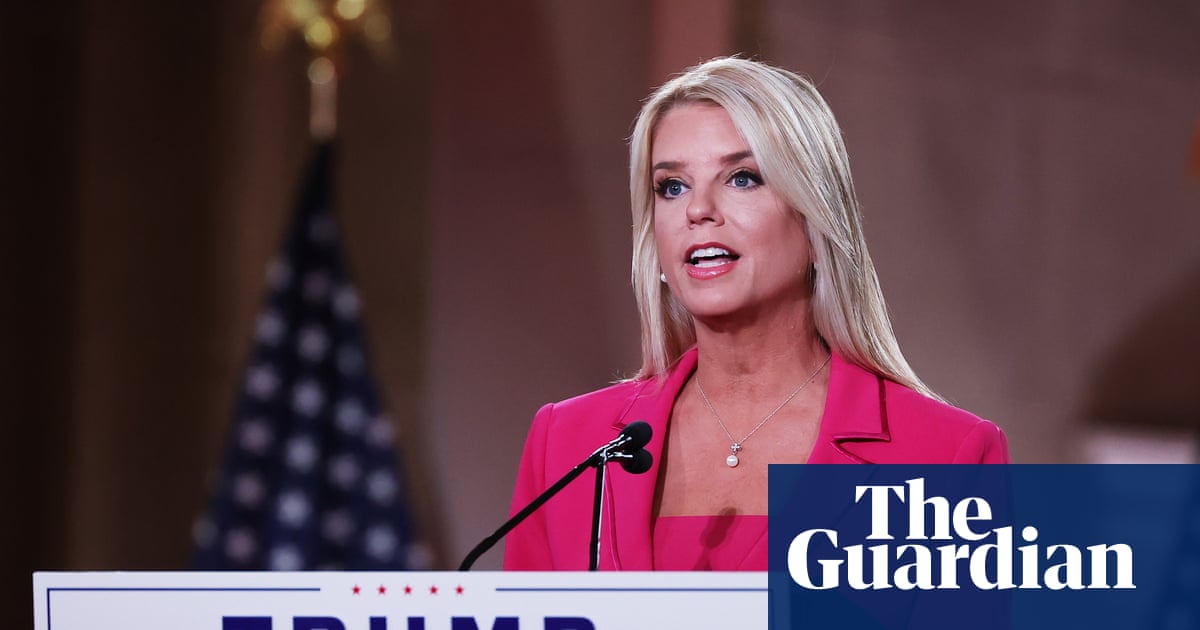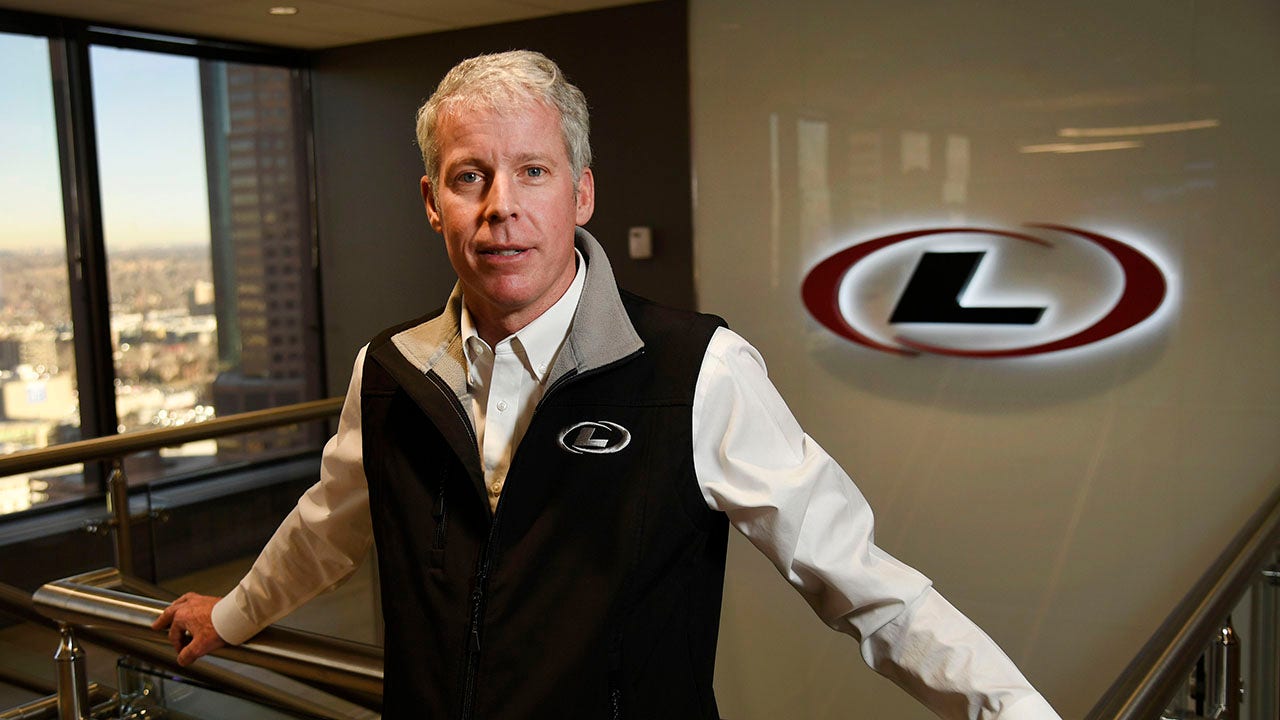U.S. Federal Judge Reed O’Connor has been a longtime active member of the Federalist Society. In 2018, he spoke on a panel at the annual Texas Chapters Conference.
The Federalist Society/Screenshot by NPR
hide caption
toggle caption
The Federalist Society/Screenshot by NPR
Billionaire Elon Musk seems to have found a new favorite federal judge: Reed O’Connor in Fort Worth, Texas.
Musk’s social media company X has filed two major lawsuits against groups he sees as antagonists, and O’Connor is presiding over both of them, even though none of the parties is based in Texas.
So far, O’Connor has delivered stunningly pro-Musk decisions, which have gained widespread attention.
What has garnered less attention: O’Connor’s investment in Tesla, between “$15,001 and $50,000” of Tesla stock, according to his most recent publicly available financial disclosure filing.
That investment has fueled questions over O’Connor’s fairness as a judge, since the outcome of the suits filed by Musk’s X could impact his business empire.
“It is absolutely reasonable to question his impartiality in a case where the party and interest is a principal in a company the judge owns stock in,” said James Sample, a professor who specializes in judicial ethics at Hofstra University’s law school.
Others have questioned whether Musk’s legal team intentionally aimed to take their cases to O’Connor’s court — something known as “forum shopping” — in hopes of a sympathetic outcome.
The practice is controversial, but not illegal. Federal rules dictating where a lawsuit can be filed are broad, said Jennifer Ahearn, senior counsel for the Brennan Center’s Judiciary Program.
“They’re taking advantage of those openings in a way that is not common,” Ahearn said. “A reason why you don’t see that more is because you often don’t find both judges willing to accept these kinds of situations and parties willing to accept the wrath of the judges for doing that.”
But this judge, according to Ahearn, appears to be the opposite: willing to take on cases in his Texas district that would not ordinarily land there.
O’Connor, a member of the influential conservative legal group the Federalist Society, was appointed by former President George W. Bush in 2007. He has developed a reputation for handing down legal victories to Republicans, notably ruling against the Affordable Care Act and striking down federal gun regulations.
Now, O’Connor has taken on two cases from another conservative, who happens to be the richest person in the world who is using O’Connor’s court to attack perceived enemies.
O’Connor did not return multiple requests for comment. Musk did not, either.
Musk’s suit is draining Media Matters of cash
O’Connor is now in charge of two of Musk’s most high-profile legal crusades.
One of the cases, filed this week by Musk’s X, claims a consortium of advertisers that yanked ads from the platform illegally conspired against the social media site.
The repercussions of the case were almost instantaneous.
Fearing that the lawsuit would drain its finances, the World Federation of Advertisers said on Friday it would dissolve its brand safety initiative, known as the Global Alliance for Responsible Media.
Brands Unilever, Mars, CVS and Orsted are also named as defendants.
The second lawsuit was filed in November by Musk’s X, claiming liberal watchdog group Media Matters released a deceptive report about major advertisers appearing alongside pro-Nazi posts. The suit cited contract violations and business disparagement, a legal term for derogatory statements that harm a company.
The cost of turning over vast numbers of documents in the case, a process known as discovery, has already cost the nonprofit of about 100 people millions of dollars and forced it to lay off about 14 staffers.
Lawyers for Media Matters wrote in an email to Musk’s legal team that the document production has so far been “expansive and intrusive,” comparing the effort to “harassment,” according to legal filings, which show Musk’s legal team requesting the personal bank records of rank-and-file employees.
Five months ago, lawyers for Media Matters asked O’Connor to rule on what is often the first major hurdle of a lawsuit: a motion to dismiss determining whether Musk’s suit has any merit or not.
O’Connor green-lit the discovery process, but he still has not ruled on the lawsuit’s merits.
Allegations of “forum shopping” lodged at Musk
Like with the Media Matters case, neither X, which is listed in the suits as a Nevada corporation, nor any of the defendants are based in Texas.
But Musk’s legal team justified filing the Media Matters case in Texas by saying the nonprofit “routinely contacts” Texans asking them to subscribe to the group’s content and that, in the second case, the advertisers have a “substantial volume of business” in Texas.
Forum shopping accusations have recently come under scrutiny in the northern district of Texas, in part because the district is distinct.
In most parts of the country, lawsuits are randomly assigned to judges. But in northern Texas, judges take on suits based on which division of the district they are filed in. That can allow parties to almost cherry-pick a judge, according to Ahearn with the Brennan Center for Justice.
“It’s particularly extreme,” Ahearn said of forum shopping in northern Texas. “It has become a problem for the judiciary in a way that it hasn’t been in the past.”
Something else that makes the cases in Texas unique is that laws that protect people and groups from meritless lawsuits do not apply in Texas’ federal courts, under a 2019 appeals court decision. That effectively means that if Musk loses the cases, he will not have to pay the defendants’ legal fees, as he would in many states.
Records say Judge O’Connor is a Tesla investor
Another issue has raised concern among legal ethics experts: O’Connor appears to be an investor in Tesla, another company owned by Musk.
It is unclear whether O’Connor has sold his investment of up to $50,000 in Tesla stock, because the judge’s disclosure form covering the 2023 calendar year is not publicly available. He has requested a filing extension, according to an official with the administrative office of U.S. courts who was not authorized to speak on the record.
In May, an NPR investigation found that disclosure forms for judges are often missing, or late, for various reasons. As a result, potential conflicts of interest, like stock holdings or even gifts of luxury travel, are hidden from public view.
Media Matters lawyers have seized on O’Connor’s disclosure, saying rulings on what evidence the judge allows in the case could impact Tesla’s stock price. They argue that testimony or documents revealing Musk’s decision-making process could be made public.
“Such evidence has the potential to directly harm investor confidence in Musk — and thereby drive down Tesla’s share price. This is not speculation: History has shown that when Musk speaks, Tesla’s stock price responds,” Media Matters lawyer Andrew LeGrand wrote in a June filing.
Josh Blackman, an adjunct scholar at the right-leaning Cato Institute, had a different view, saying the case before O’Connor involves X, not Tesla.
“If the judge owned stock in X, if it were a public company, it’s an easy case,” Blackman said. “It’s a novel case because it requires a chain of inferences to get from X to Tesla.”
But judicial ethics scholar Sample insists the appearance of bias alone is enough to warrant O’Connor to step aside from the case.
He said: “Let another competent judge handle these cases without serious questions surrounding them.”






















/cdn.vox-cdn.com/uploads/chorus_asset/file/25822586/STK169_ZUCKERBERG_MAGA_STKS491_CVIRGINIA_A.jpg)

/cdn.vox-cdn.com/uploads/chorus_asset/file/25821992/videoframe_720397.png)



